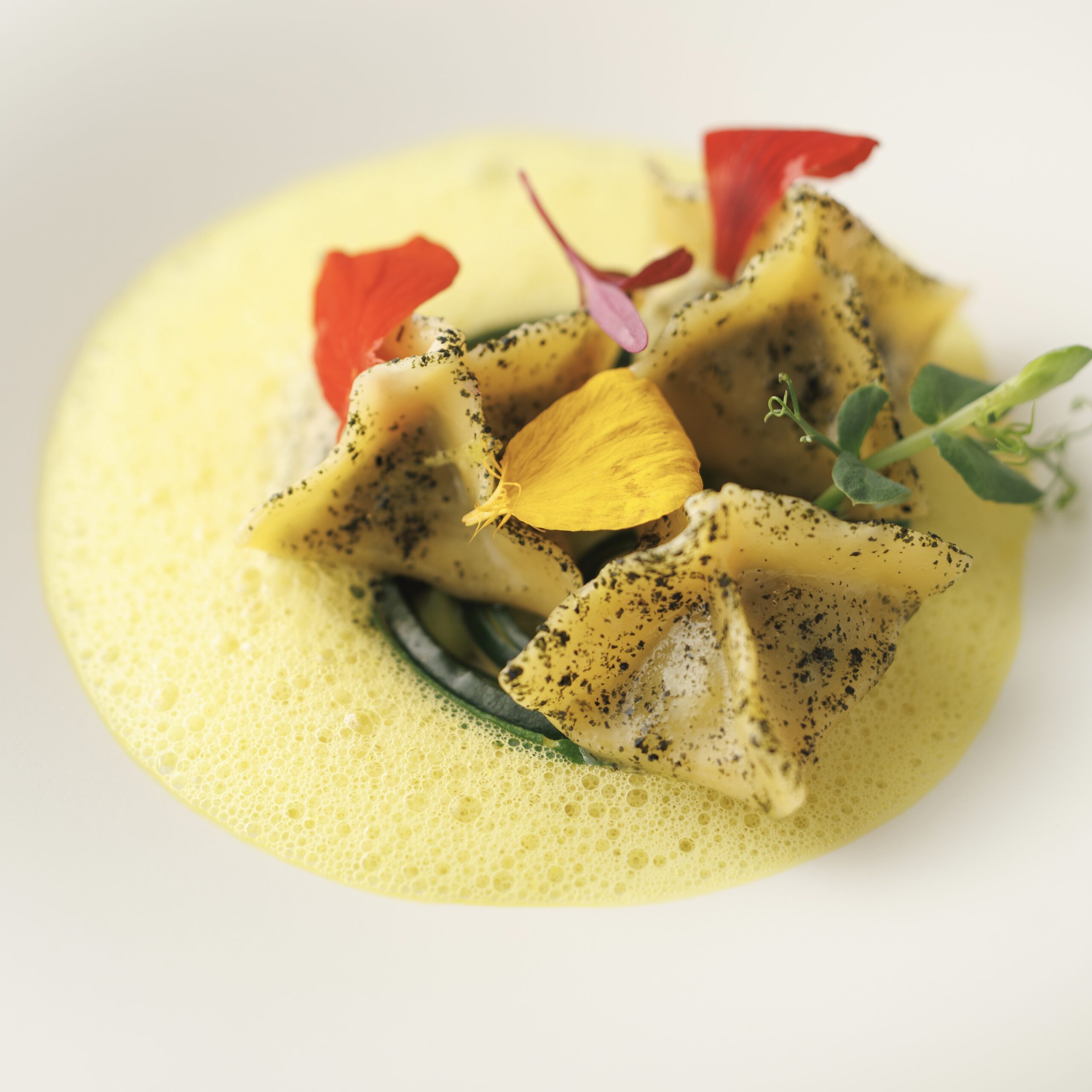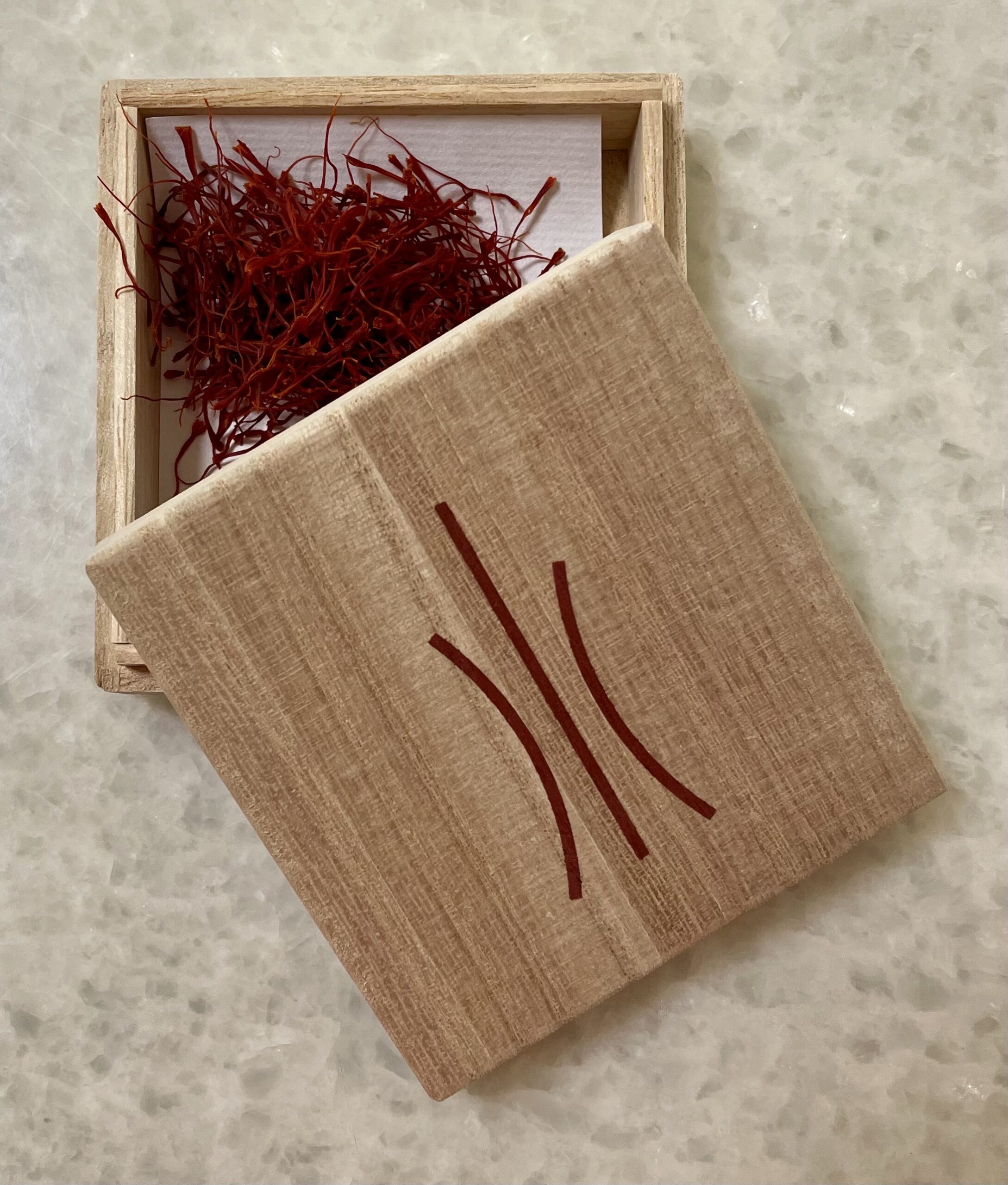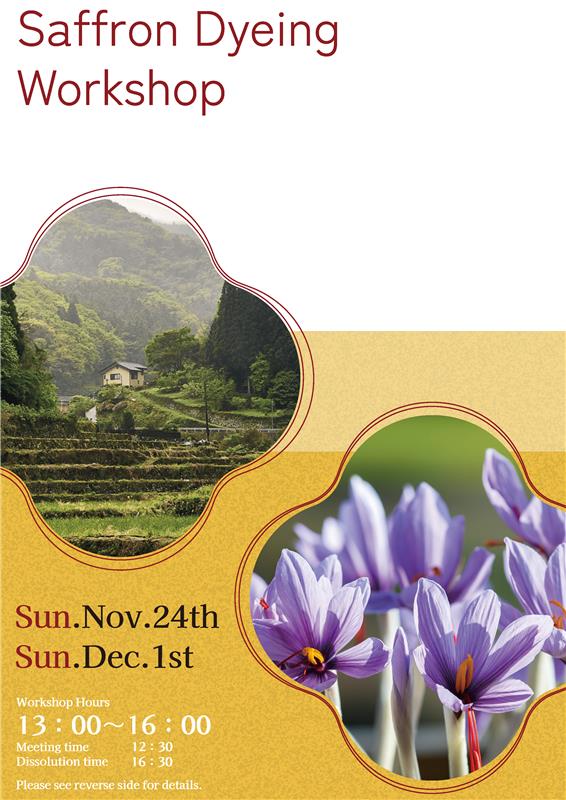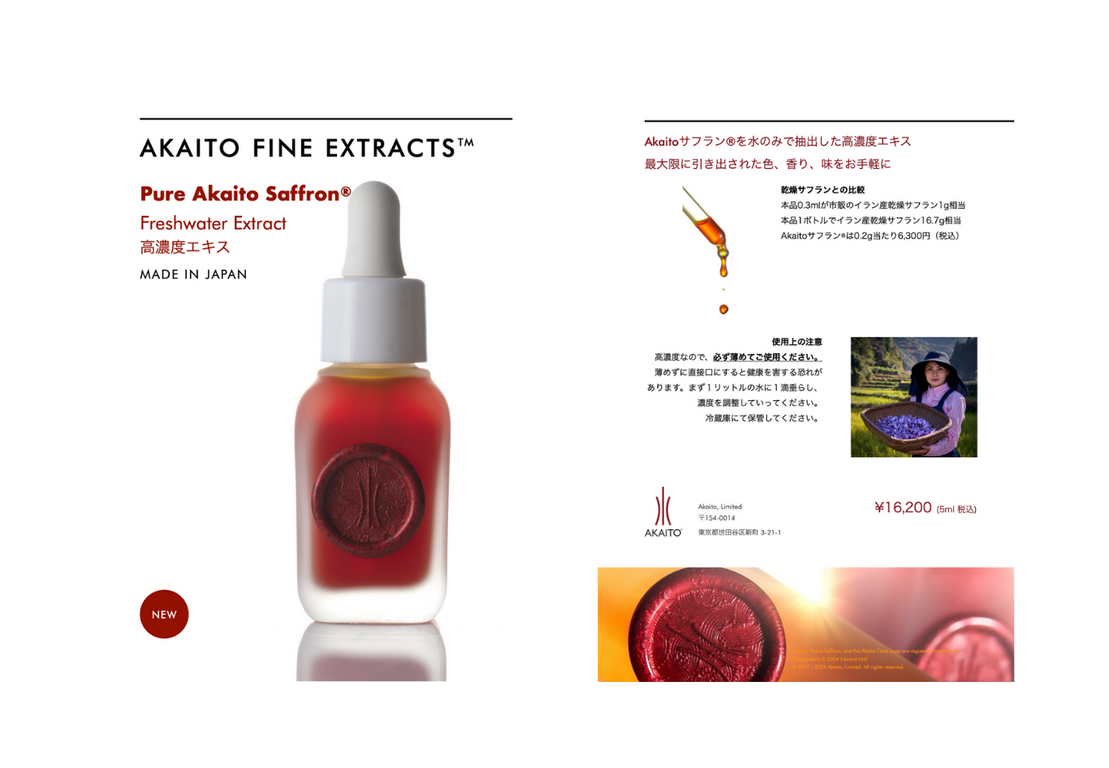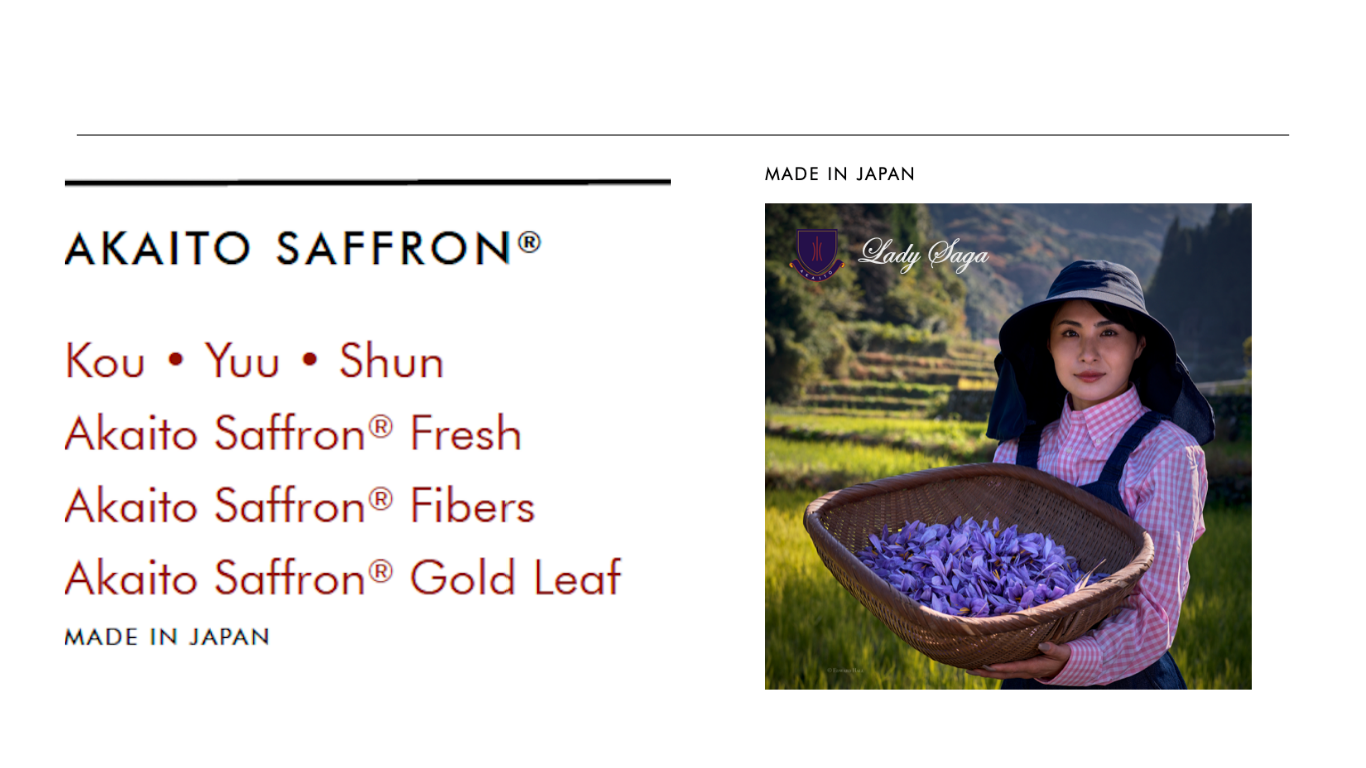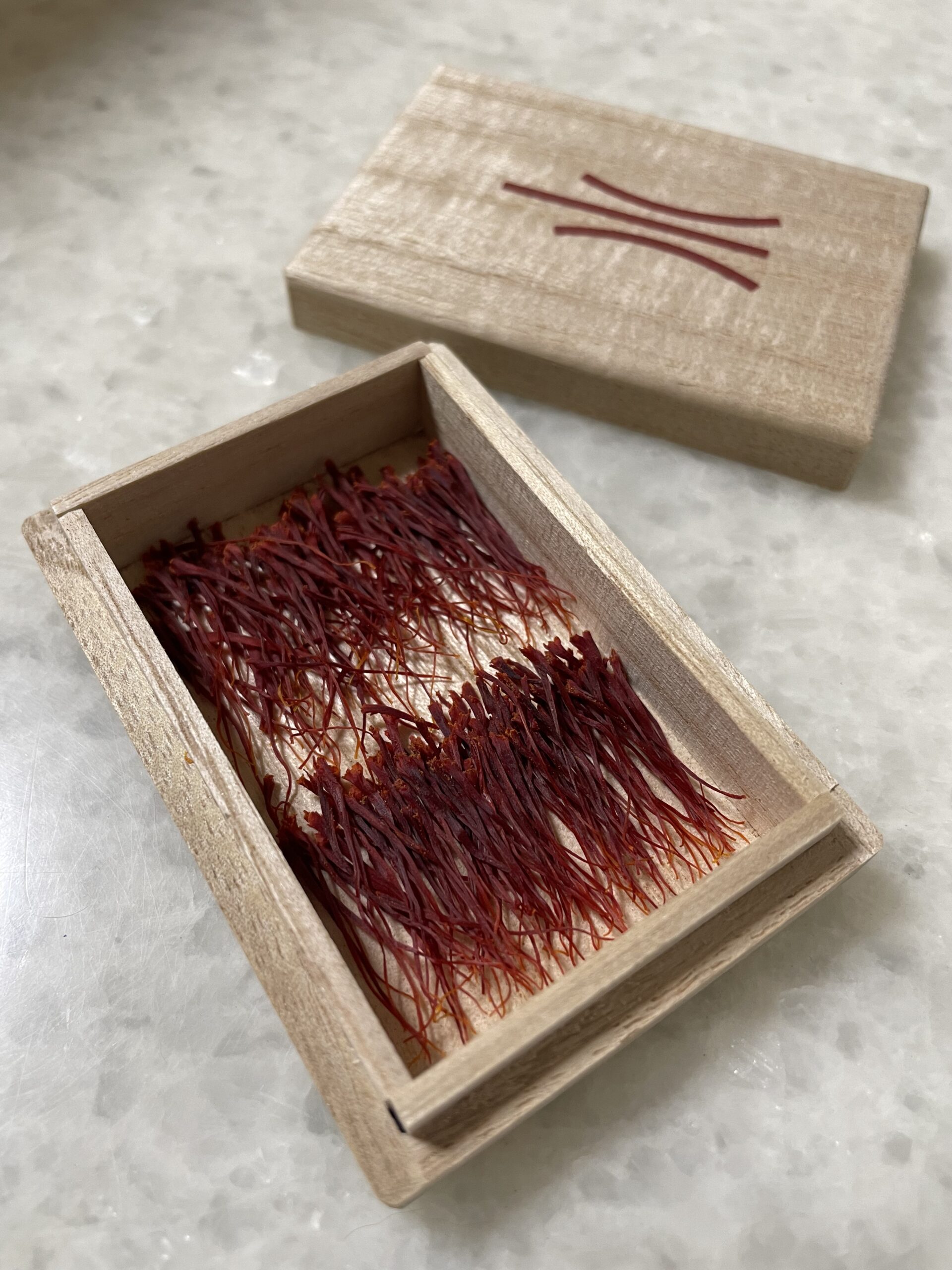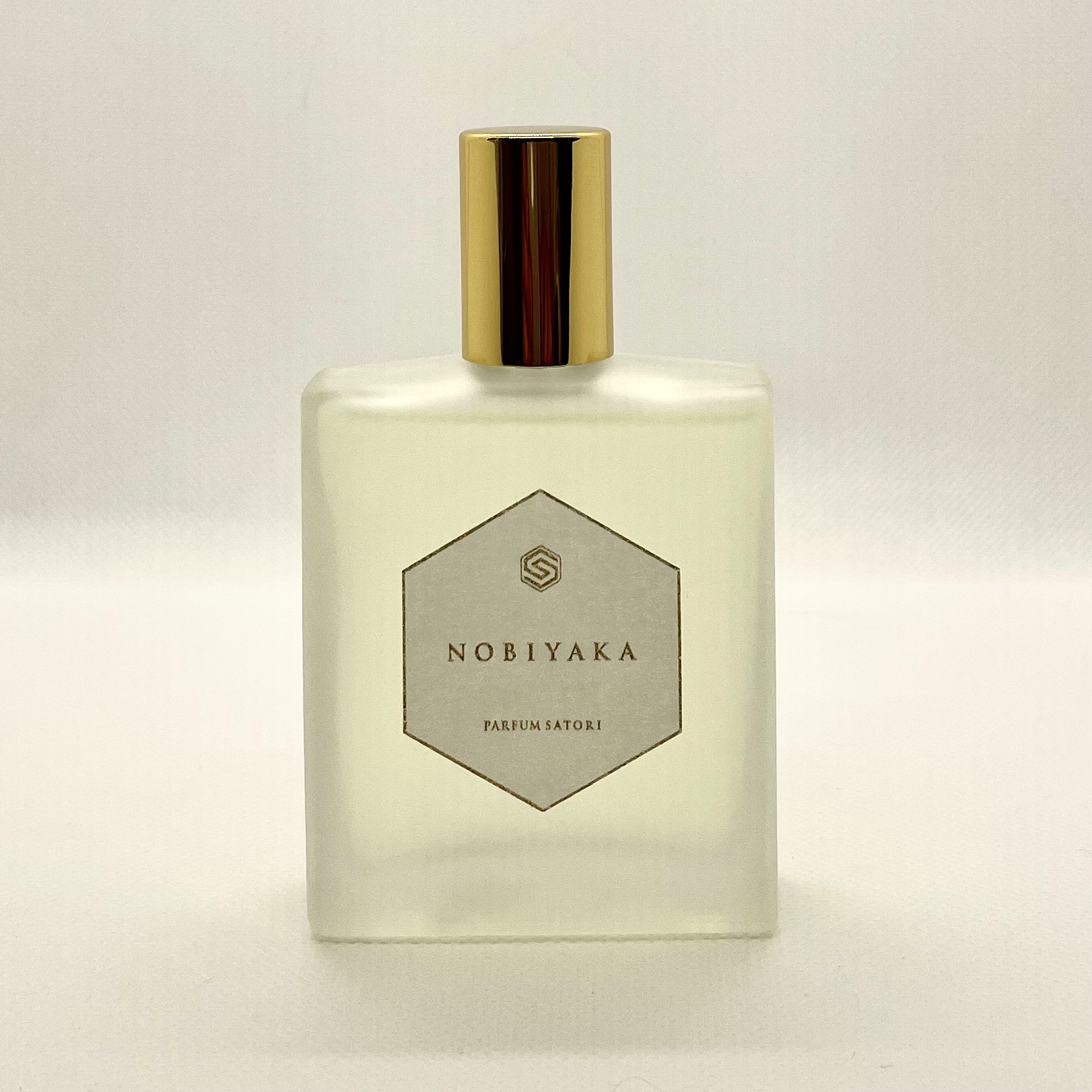Saffron and the Life Sciences

An enormous body of scientific literature exists regarding applications of saffron to the life sciences. Research and development cover a broad scope in clinical and pre-clinical phases:
Pharmaceuticals, dietary supplements and functional foods/beverages:
・depression (antidepressants)
・oncology
・anti-anxiety
・inflammation
・immune-modulatory
・memory function, learning ability, epilepsy
・neuro-protectant (Alzheimer’s, dementia)
・cardiovascular (anti-arrhythmic and anti-ischemic, cardiac hypertrophy, anti-atherosclerotic, protective effects on natural and chemical toxins)
・respiratory (bronchodilatory)
・metabolic disorders (anti-hyperglycemic, diabetic complications)
Cosmetics and functional cosmetics:
・fragrance
・antioxidant
・anti-UV
・anti-inflammation
・face toner
・anti-wrinkle
・anti-aging
・anti-dark spot
・skin depigmentation
・coloring pigment in cosmetics
Saffron contains over 100 molecular compounds of scientific, medical, and commercial interest. Crocin compounds are among the most important of these.
Quality improvement and the crocin level in Akaito Saffron®︎
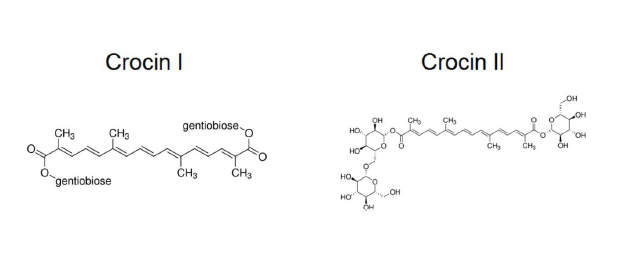
The highest level of saffron as defined by the International Standards Organisation (ISO) is ISO 3632 Grade 1 with a crocin level of 190 and above. Akaito Saffron®︎ has achieved a crocin level of 300 in 2022 and we are striving for the continuous improvement.
The data confirms that the quality of Akaito Saffron®︎ significantly outperforms world’s saffron.



